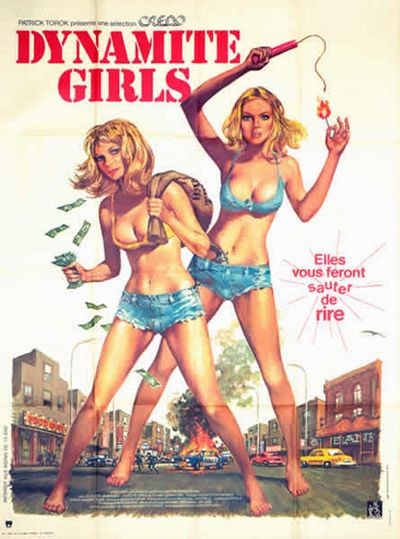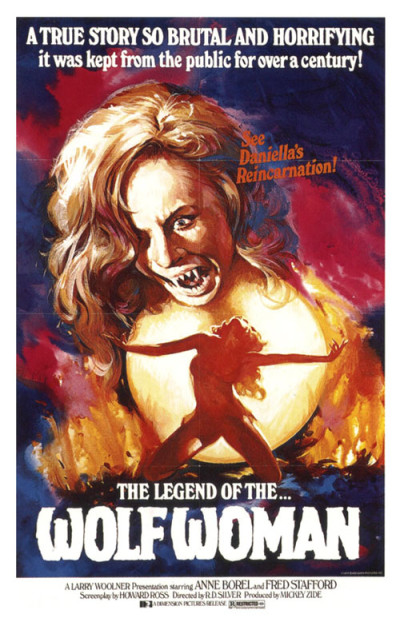★★½
“A bit lacking in Starr quality.”
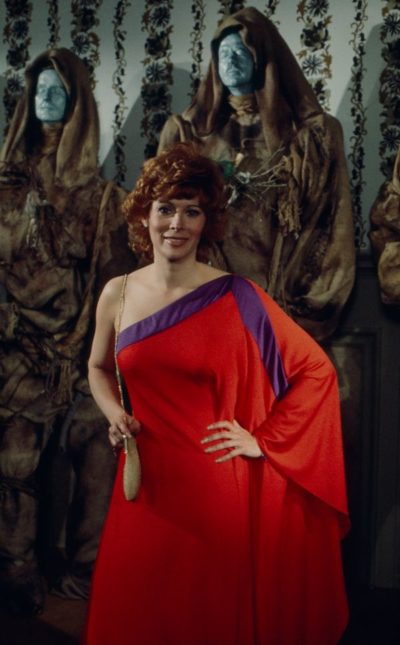 No, not the eighties version of Brenda Starr: that is well known, and justifiably much derided, to the point it didn’t even reach the necessary level for inclusion here. But neither was it the first version of the comic-strip to reach the screen. Well, at least the small screen. There had previously been a 1945 series, Brenda Starr, Reporter, though some reports describe this as nearly action-free. But the late seventies saw two television efforts: as well as the one under discussion here, three years later in 1979, there was an unsold television pilot movie (now apparently lost) in which Sherry Jackson played the intrepid girl journalist. In contrast, this appears to have been intended as a stand-alone from the get-go. While I’m sure ABC wouldn’t have minded had this been successful enough to become a franchise, it suffers from much the same problem as all the other adaptations, with a heroine that’s too passive to pass muster
No, not the eighties version of Brenda Starr: that is well known, and justifiably much derided, to the point it didn’t even reach the necessary level for inclusion here. But neither was it the first version of the comic-strip to reach the screen. Well, at least the small screen. There had previously been a 1945 series, Brenda Starr, Reporter, though some reports describe this as nearly action-free. But the late seventies saw two television efforts: as well as the one under discussion here, three years later in 1979, there was an unsold television pilot movie (now apparently lost) in which Sherry Jackson played the intrepid girl journalist. In contrast, this appears to have been intended as a stand-alone from the get-go. While I’m sure ABC wouldn’t have minded had this been successful enough to become a franchise, it suffers from much the same problem as all the other adaptations, with a heroine that’s too passive to pass muster
However, as TV movies go, this isn’t terrible. It hits the ground running, with Brenda (St. John) investigating the case of reclusive millionaire Lance O’Toole (Buono), who arrives in Los Angeles and goes straight to hospital, apparently being taken down by voodoo magic. Starr is tussling for the scoop with her nemesis, fellow reporter Roger Randall (Buono), though he’s a mere TV anchor, and so the subject of her disdain. Meanwhile, other rich people – including her paper’s owner – are getting blackmail letters demanding $5 million, after the death of O’Toole. Brenda gets a tip and heads for Brazil, the apparent source of the voodoo practices (though let’s be honest, this is one of the least convincing depictions of South America you’ll see!). There, she finds that, things aren’t quite as they seem. O’Toole is far from dead, and in fact is working on creating a new world order, with Ms. Starr scheduled as his queen. Randall is also hot on the tail of the story, though he is arguably even less action-oriented than Brenda.
About the peak of the action is St. John – or, more accurately, her stunt double – climbing out of a bedroom window and down the shrubbery to the ground. However, there was a surprisingly high body-count; we were perplexed by the rather callous way in which the heroine quickly abandoned one deceased travelling companion, without even the courtesy of checking him for a pulse. While she’s no Lara Croft, I didn’t mind St. John’s performance, and that just about kept me watching. The plot feels like something cribbed from a lesser Bond movie of the time – this may be a positive or a negative, depending how you feel about the Bond movies of the time. But Buono, probably best known as King Tut in the sixties TV version of Batman, chews the scenery in suitably agreeable fashion opposite the heroine. At barely 75 minutes (did they have a lot more commercials in those days?). this can’t be accused of outstaying its welcome, even if 75 minutes more is likely long enough for it to be forgotten again.
Dir: Mel Stuart
Star: Jill St. John, Jed Allan, Victor Buono, Joel Fabiani





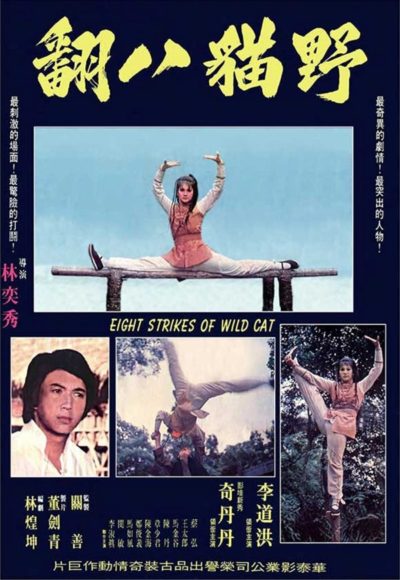 I guess this is, at its heart, about the quest for a treasure map that has been torn into two pieces. Though you could be forgiven for not really noticing, as most of the cast seem to forget about it for the bulk of the running time. The heroine is Shao Wa (Chi), whose father is killed by the Three Rats in their quest for the map. She ends up being punted off a cliff and presumed dead by them. Naturally – it’d be a short movie otherwise – she’s not as dead as they think. She’s rescued by the inevitable kung-fu master and his annoying sidekick, Lee Ta Fa (Hung), who nurse her back to health, and give her the skills necessary to beat the Three Rats.
I guess this is, at its heart, about the quest for a treasure map that has been torn into two pieces. Though you could be forgiven for not really noticing, as most of the cast seem to forget about it for the bulk of the running time. The heroine is Shao Wa (Chi), whose father is killed by the Three Rats in their quest for the map. She ends up being punted off a cliff and presumed dead by them. Naturally – it’d be a short movie otherwise – she’s not as dead as they think. She’s rescued by the inevitable kung-fu master and his annoying sidekick, Lee Ta Fa (Hung), who nurse her back to health, and give her the skills necessary to beat the Three Rats. This one might sound familiar, as I did previously review it
This one might sound familiar, as I did previously review it 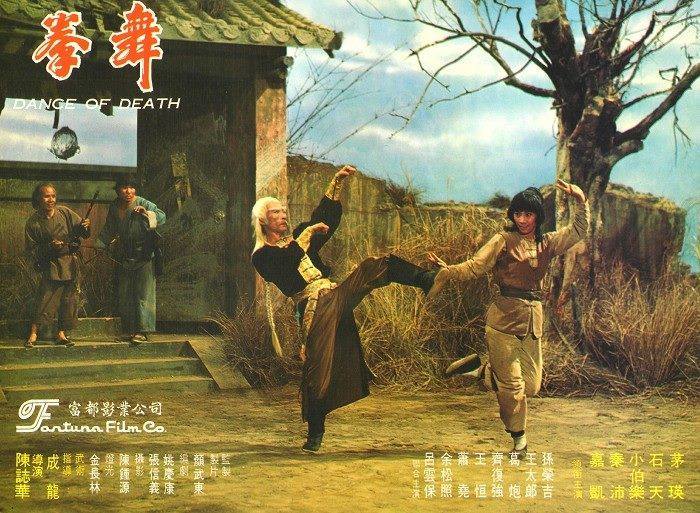 There were aspects which still befuddle me, such as most of the plot. Why, exactly, is Angela Mao pretending to be a boy? It’s completely unconvincing, and entirely unnecessary to the story-line. No-one ever discovers her true gender: it’s almost as if this were originally written for a man, then they got Mao, and in all the excitement, forgot (or, alternatively and equally credibly, couldn’t be bothered) to change the script. The rest of it is an odd mix. It’s partly vengeance with Fei Fei (Mao) out to pick up enough martial arts skill to take revenge on those who killed her family. Yet this sits alongside slapstick comedy which you’d not expect given the title, such as the two kung fu masters – one drunk, one stoner – whom she tricks into sharing her talents, or the villain with the world’s tiniest fan whom she defeats on her way to the big bad.
There were aspects which still befuddle me, such as most of the plot. Why, exactly, is Angela Mao pretending to be a boy? It’s completely unconvincing, and entirely unnecessary to the story-line. No-one ever discovers her true gender: it’s almost as if this were originally written for a man, then they got Mao, and in all the excitement, forgot (or, alternatively and equally credibly, couldn’t be bothered) to change the script. The rest of it is an odd mix. It’s partly vengeance with Fei Fei (Mao) out to pick up enough martial arts skill to take revenge on those who killed her family. Yet this sits alongside slapstick comedy which you’d not expect given the title, such as the two kung fu masters – one drunk, one stoner – whom she tricks into sharing her talents, or the villain with the world’s tiniest fan whom she defeats on her way to the big bad. Both Bell and Katon had worked with Santiago before, in
Both Bell and Katon had worked with Santiago before, in 